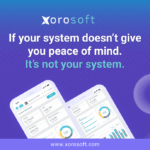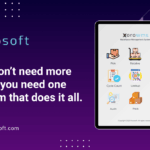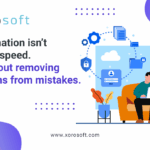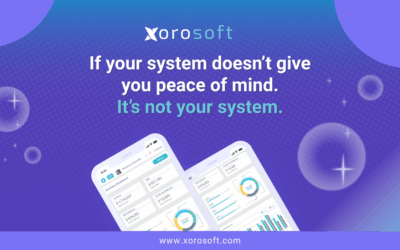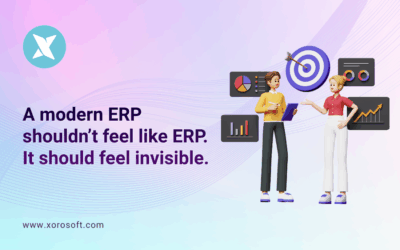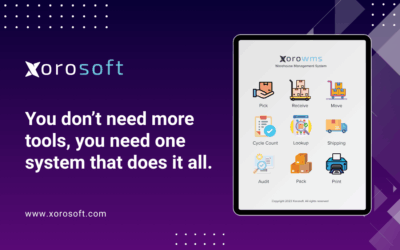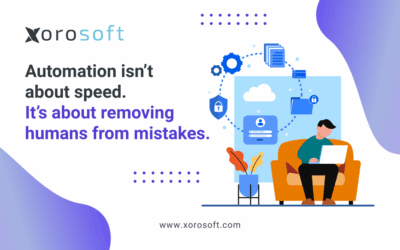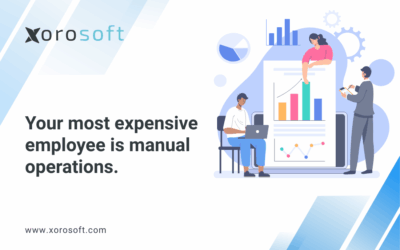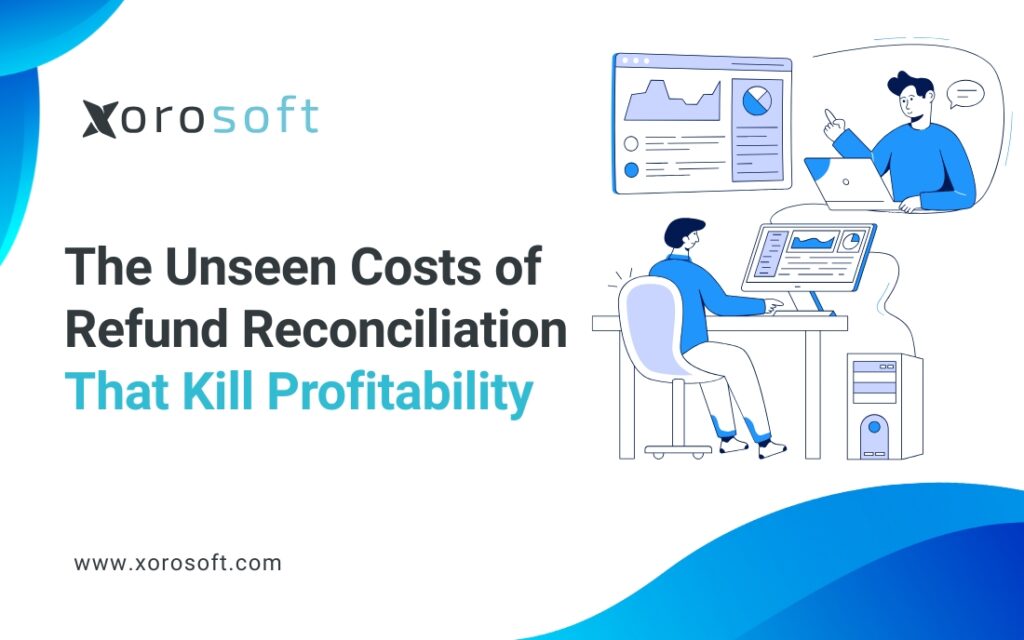
The Hidden Refund Process Bleeding Your Profits Dry
Every fast-growing business knows the sting of returns. But few realize just how much refund reconciliation ERP workflows can erode profitability. You issue the refund. The product arrives at the warehouse. Yet your systems remain out of sync. One system reports that inventory is restocked, another still shows a deficit, and accounting teams scramble to fix mismatches.
Although each case might seem minor, collectively, they eat away at margin. And in a competitive market where profitability is everything, poor refund reconciliation processes could be the silent killer in your operation.
When Disconnected Systems Derail Profitability
Behind every return is a chain reaction across departments. However, when your tools don’t talk to each other, that chain breaks—causing chaos that’s hard to detect until it’s too late.
Let’s break down what that looks like:
-
Warehouse Confusion: The item comes back, but without real-time integration, warehouse staff can’t log it correctly—or at all—into the system.
-
Finance Discrepancies: Refunds go out minus gateway fees, yet those fees often go unrecorded in legacy ERPs or spreadsheets.
-
Inventory Gaps: Your storefront shows the item as in stock. But is it really? Without proper scanning and verification, phantom stock appears.
-
Manual Intervention: To resolve inconsistencies, ops teams download CSVs, manually reconcile entries, and update reports—an error-prone, time-consuming mess.
This isn’t just operationally inefficient. Furthermore, it’s emotionally exhausting. Long Slack threads chase $10 discrepancies. Panicked EOD reconciliations derail your team’s momentum. Missed month-end close dates pile up. Meanwhile, the customer waits for a refund—possibly considering taking their loyalty elsewhere.
Why Refund Reconciliation Breaks So Easily
The core problem lies in fragmentation. After all, modern e-commerce businesses use a patchwork of tools: Shopify for sales, Amazon for fulfillment, PayPal or Stripe for payments, outsourced 3PLs for logistics, and QuickBooks for accounting.
Here’s where it all breaks down:
1. Siloed Applications
Each platform logs returns in different formats with different timestamps and logic. Without a centralized ERP system to unify this data, reconciliation becomes guesswork. As a result, your team spends more time fixing errors than serving customers.
2. Delayed Data Syncs
Returns get processed in batches—maybe daily, sometimes weekly. Consequently, by the time data reaches your accounting platform, it’s already outdated. You’re constantly reacting to yesterday’s numbers, not today’s reality.
3. Legacy Systems Weren’t Built for Returns
Most ERPs were designed decades ago, in an era when returns were rare. They treat returns as reverse sales instead of operational events requiring real-time coordination across teams. That’s no longer sufficient. In fact, this outdated approach leads to costly workarounds.
Therefore, businesses lose visibility, customers lose trust, and finance teams lose sleep.
The Smarter Way: Real-Time ERP for Refund Accuracy
To plug the leaks, more companies are adopting cloud-native ERP systems that treat refund reconciliation as a strategic process—not an afterthought.
Here’s what that shift looks like in action:
-
Refunds Trigger Full-System Updates
From the moment an item gets scanned on return, the ERP updates your inventory count, generates a credit note, applies restocking rules, and initiates the refund—automatically and instantly. -
Live Financial Reconciliation
Payment gateway fees, taxes, and returns post directly into accounting. Therefore, there’s no need for manual journal entries or weekend cleanup. -
Multi-Channel Clarity
Whether the return came from Amazon, Shopify, or EDI wholesale, a modern ERP normalizes data, avoiding SKU mismatches and double entries. -
Operational Transparency
Support teams can instantly view refund statuses. At the same time, warehouse staff know what to restock, and finance sees clean books. This creates alignment across the business. Additionally, it reduces friction between departments.
Why Xorosoft Is the Ideal Refund Reconciliation ERP
If you’re still managing returns through spreadsheets, disconnected apps, or outdated ERPs, Xorosoft ERP offers a transformative solution. Let’s explore how it stands apart:
Fast, Cloud-Based Architecture
Xorosoft is a cloud-native ERP that processes refund actions in real time. When a product gets scanned at your warehouse, it automatically updates the system—inventory, accounting, and customer support included. Not only that, it does so with zero delay.
Built-In WMS That Does More
Instead of tacking on warehouse tools, Xorosoft includes a barcode-driven WMS by default. It verifies condition, location, and quantity instantly—ensuring your inventory counts stay clean and accurate.
Shopify and Amazon Integration Made Easy
Xorosoft integrates natively with Shopify, Amazon, and EDI systems. As a result, return data syncs automatically and categorically—eliminating the guesswork and reducing manual input.
Configurable Automation for Every Scenario
You can create rules for restocking fees, tax offsets, or payment gateway deductions. Xorosoft applies them automatically. Consequently, your margins remain accurate with every return.
Loved by Users on G2
With a #1 Ease of Use rating on G2, Xorosoft is built for real teams—not just IT departments. It’s simple to deploy and intuitive to use.
Automation-Friendly API Architecture
Need to alert your CS team when a return is delayed? Want to connect Klaviyo to your return flow? Xorosoft’s open API enables automation across the entire tech stack. For example, you can auto-trigger alerts based on restocking thresholds.
Global-Ready from Day One
Xorosoft handles multi-currency, multi-location operations by default. Consequently, your refunds, taxes, and exchange differences remain tracked correctly no matter where your warehouses operate.
Real Results That Prove the ROI
Brands using Xorosoft have seen:
-
30% faster refund cycle times
-
70% fewer manual accounting adjustments
-
Fewer inventory errors
-
Higher repurchase rates thanks to smoother return experiences
So not only do you save money—you build trust and boost lifetime value.
Start Turning Returns Into Revenue
Returns are inevitable. But poor refund processes don’t have to be.
With a unified refund reconciliation ERP like Xorosoft, you fix the disconnect between your warehouse, accounting team, and customers. As a result, your returns become an opportunity—not a liability.
👉 Book a demo now to see how Xorosoft can streamline your entire refund workflow. Or visit our features page to explore what’s possible.
